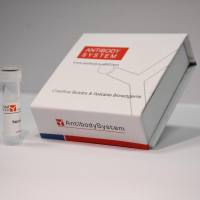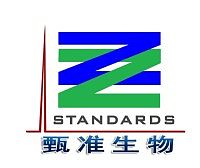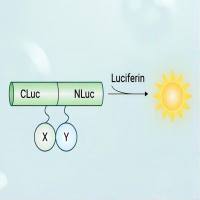In Vivo Tomographic Imaging Studies of Neurodegeneration and Neuroprotection: A Review
互联网
495
Noninvasive tomographic imaging methods including positron emission tomography (PET) and single photon emission computed tomography
(SPECT) are extremely sensitive and are capable of measuring biochemical processes that occur at concentrations in the nanomolar
range. Inherent to neurodegenerative processes is neuronal loss. Thus, PET or SPECT monitoring of biochemical processes altered
by neuronal loss (changes in neurotransmitter turnover, alterations in receptor, transporter or enzyme concentrations) can
provide unique information not attainable by other methods. Such imaging techniques can also be used to longtitudinally monitor
the effects of neuroprotective treatments. This review highlights current imaging probes used to evaluate patients with specific
neurodegenerative disorders (e.g., Alzheimer’s Disease, Parkinson’s Disease, Huntington’s Chorea), including those that image
receptors of the dopaminergic, cholinergic and glutamatergic systems. Areas of future research focus are also defined. It
is clear that monitoring the progression of neurodegenerative disorders and the impact of neuroprotective treatments are two
different but related goals for which noninvasive imaging via PET and SPECT methods plays a powerful and unique role.








